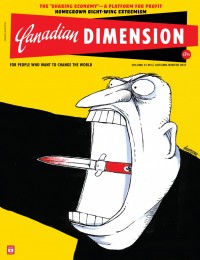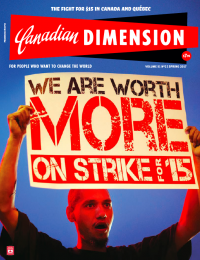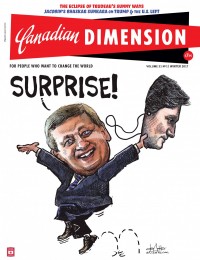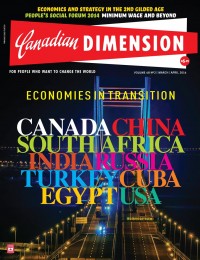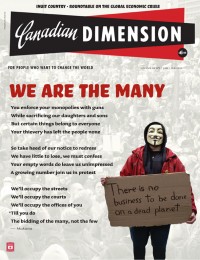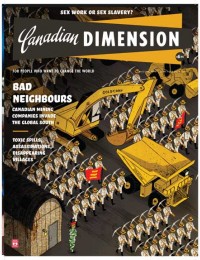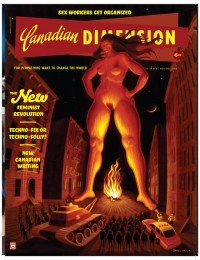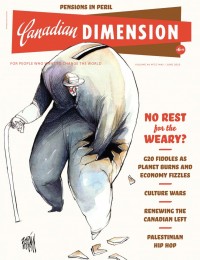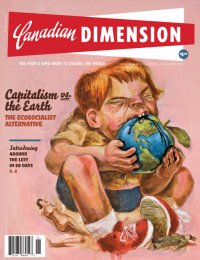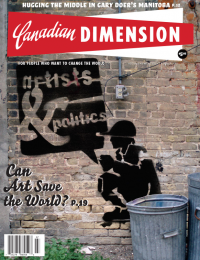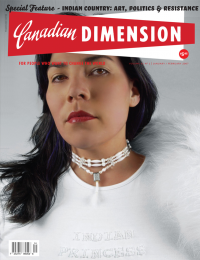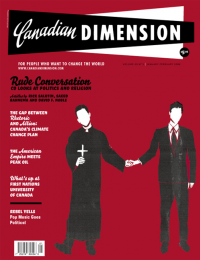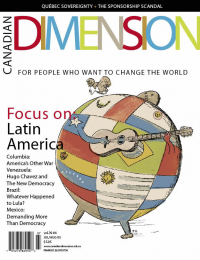Inequality grows as CEOs blackmail the rest of us
Last week in Switzerland big money staved off an important challenge to big paychecks. But the sentiment that spurred a Swiss effort to tie executive compensation to common workers’ wages will not be defeated so easily.
A Sunday ago Swiss voters said no to a referendum question that would have capped executive compensation at 12 times the lowest paid worker in the firm. After gaining over 130,000 signatures to put the question to voters, proponents of the initiative were overwhelmed by a flood of money claiming a ‘yes’ vote would drive companies away. Early polls found 46% of the Swiss public opposed to the 12:1 pay measure but with opponents spending up to 50 times more than the ‘yes’ campaign, 65% ultimately voted ‘no’.
According to supporters of the measure, the average Swiss CEO made 43 times the average wage in 2011, up from six times in 1984. A number of top Swiss CEOs make more than 200 times their employees’ wage.
But Switzerland’s CEO-to-worker pay differential appears socialistic compared to North America’s. After the US, Canada has the second highest CEO-to-worker pay ratio. Last year, for instance, the CEO of BCE, George Cope, received $11.1-million in compensation. This staggering sum is nearly 200 times more than what a Bell Canada technician in Toronto makes and 2,000 times the pay of an Indian call-centre worker who responds to Bell customers.
Despite making 200 times the average industrial wage, Cope was not the best-paid executive in Canada. According to the Canadian Centre for Policy Alternatives’ summary of Canada’s 100 highest paid CEOs in 2011, the $11.1 million Cope made in 2012 would have placed him just off the top 15. Incredibly, the CEO of Canadian Pacific, Hunter Harrison, took home four and a half times Cope’s pay.
In recent years the difference between regular employees’ pay and CEO compensation has grown rapidly. A recent Globe and Mail survey found that ratio has reached 122-1 at Canada’s biggest firms, up from an average of 84-1 a decade ago. Using a different set of data, the CCPA and AFL-CIO put the Canadian CEO-to-worker pay ratio significantly higher.
As a flagrant symbol of growing inequality, executive pay is increasingly facing political challenge. While the 12:1 initiative was defeated, in March more than two-thirds of Swiss voters supported a referendum question requiring companies to give shareholders a binding annual vote on executives’ pay, while outlawing bonuses to executives joining or leaving a business or as part of a takeover. Similarly, some EU officials have suggested that shareholders should be given the right to vote on the ratio between a company’s best and worst paid workers.
The French government took office last year saying it would limit executive salaries at state-controlled companies to a maximum of 20 times that of the lowest-paid employees and on Wednesday Ontario New Democrat leader Andrea Horwath called for the salaries of CEO’s at the province’s hospitals, electrical utilities and other public sector agencies to be capped at $418,000, twice the premier’s annual salary.
Politicians should legislate a maximum pay differential between the best and worst paid workers in all companies. How about a ratio of 20 times that’s steadily reduced over time?
It may be difficult, but I’m sure CEOs like Bell’s George Cope could learn to cope on a million bucks a year.
Yves Engler has been described as “Canada’s version of Noam Chomsky” (Georgia Straight), “one of the most important voices on the Canadian Left today” (Briarpatch), “in the mould of I. F. Stone” (Globe and Mail), “ever-insightful” (rabble.ca) and a “Leftist gadfly” (Ottawa Citizen). He’s co-author of the recently released New Commune-ist Manifesto — Workers of the World It Really is Time to Unite.










